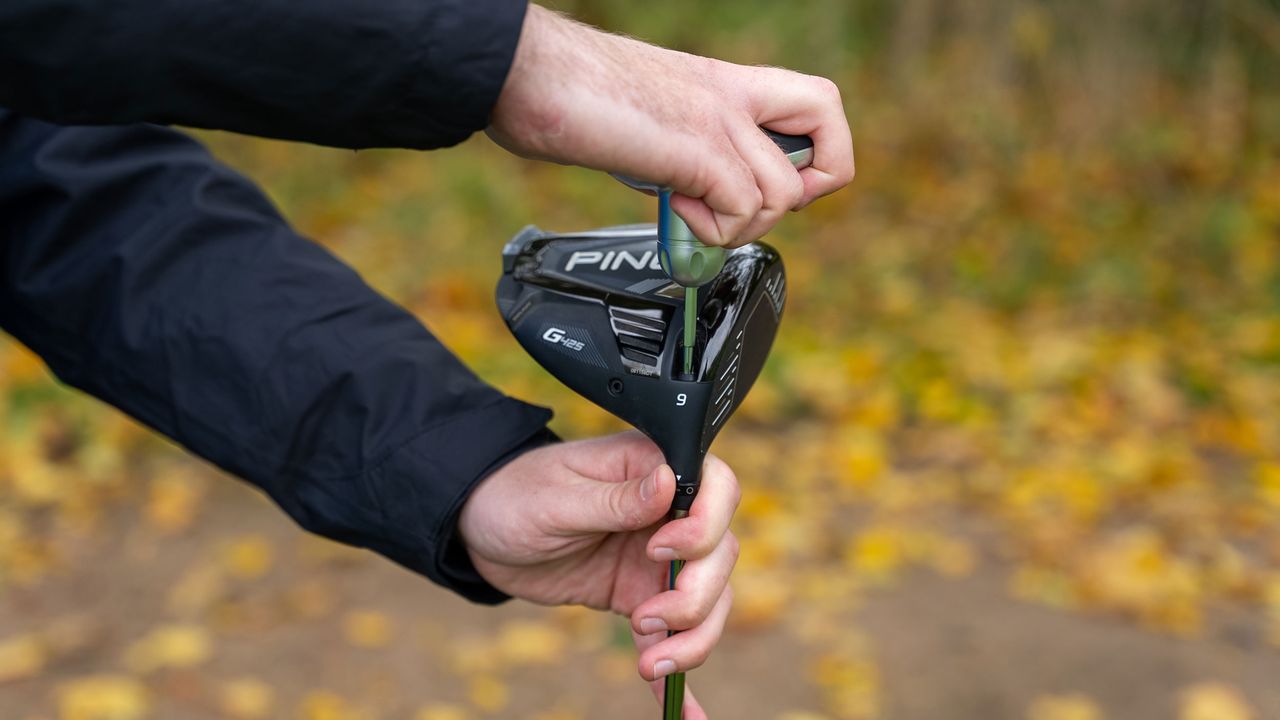
Most club golfers would probably struggle to pass a Rules of Golf test, for each of the 25 rules have various exceptions.
Knowing them all might not be essential, but having a grasp of the key rules, including Rule 4 - The Player’s Equipment, can be extremely useful.
Here, we identify some of the common mistakes golfers make when it comes to their gear.
Illegal golf equipment can land you in big trouble, so in order to prevent penalty strokes and a possible DQ, make sure you familiarize yourself with these…
1. LOOSE SCREWS
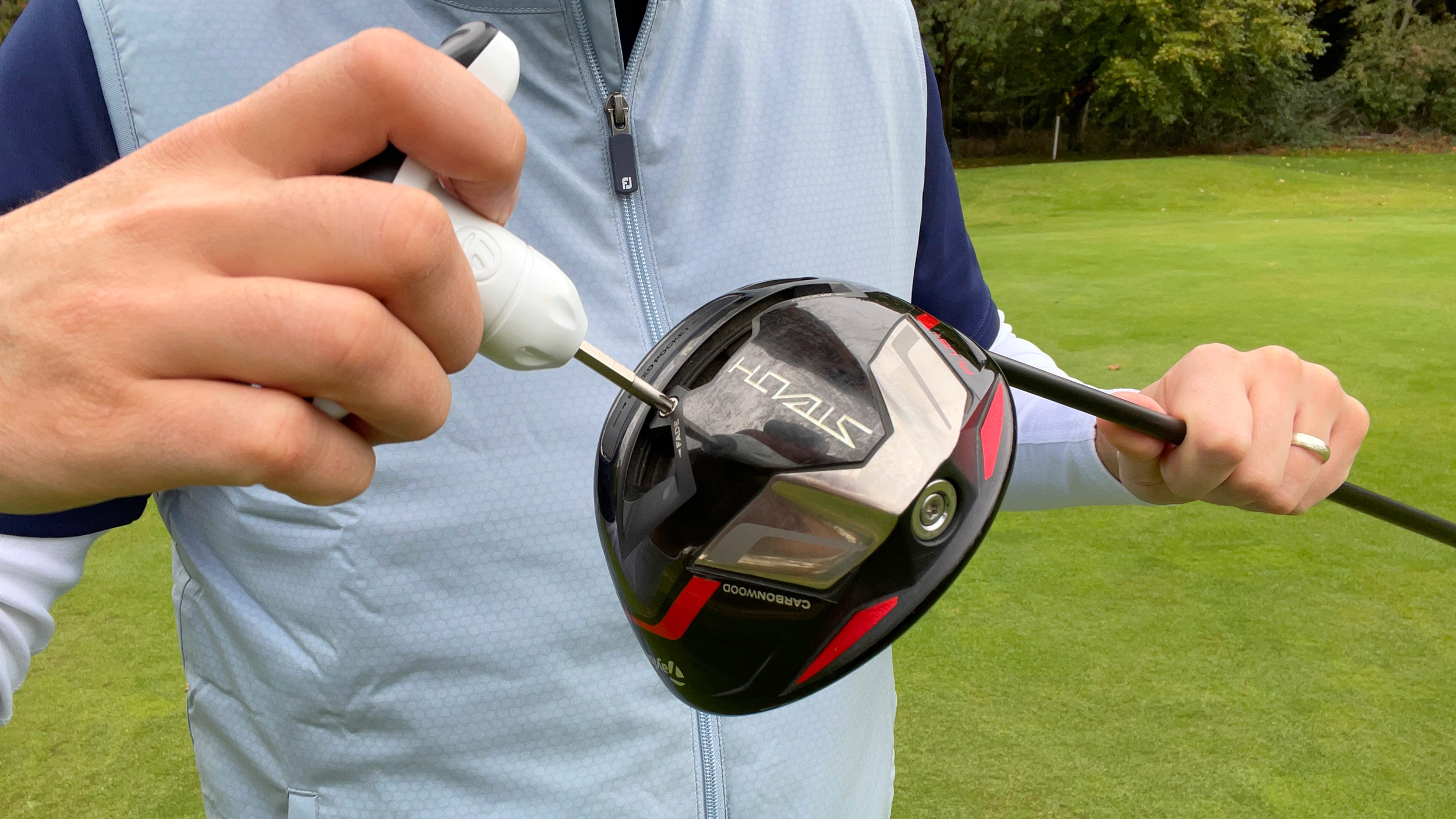
It’s not uncommon to discover a ‘rattle’ when you’re playing, an off-putting ‘clink’ when you hit one of your woods, especially if they’re the adjustable type.
Giving golfers the tools - quite literally, you get a wrench - to shift weights and dial in ball flight has been one of the most significant advancements in equipment technology.
The slight danger, apart from not knowing what you’re doing and ending up in an unsuitable setting, is that you don’t tighten things up properly, which can leave you playing with a non-conforming club.
Every part of the club must be properly attached for it to be considered conforming - so be sure to tighten that screw and sort that rattle, or you risk being penalized.
2. MAKING ADJUSTMENTS
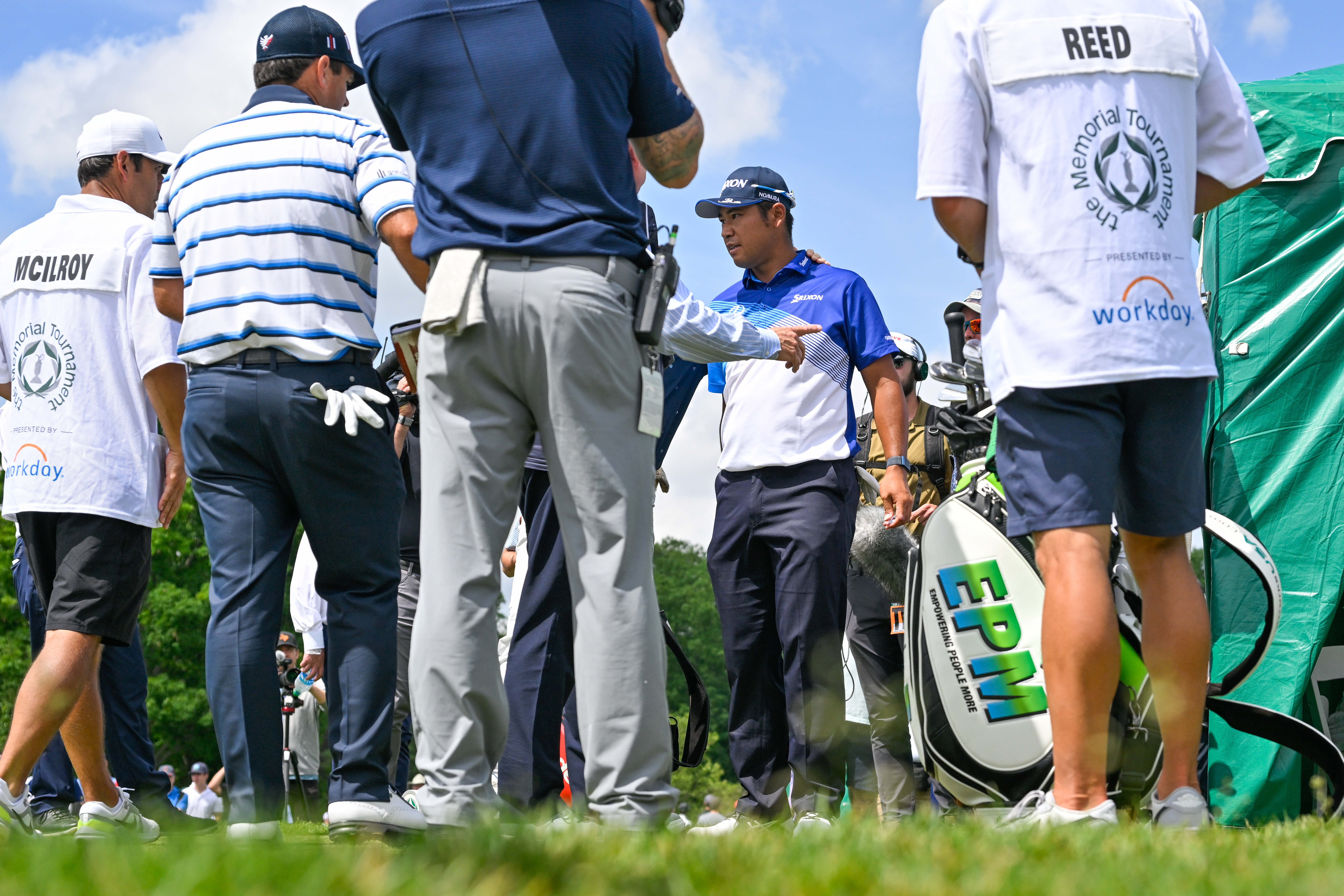
Whilst we’re talking about adjustability, and how wonderful it is to be able to tinker with the hosel to promote a draw or fade bias, let’s make one other thing clear: you cannot adjust a club during a competition or a counting round.
If you’re playing a social/casual round of golf, you’re free to adjust away and tinker until you find that optimum setting.
However, if you get your wrench out to change your setting in a comp - perhaps you’re unhappy with the fade - expect a few quizzical looks from your playing partners.
Adjust a club and then play a stroke with it, and you risk disqualification. In short, you would be breaking Rule 4.1a.
You have to be careful over what's on the clubface, too. Hideki Matsuyama was disqualified under Rule 4.1a(3) at the 2022 Memorial Tournament for playing a shot with his 3-wood, having applied a substance to its face that could potentially have influenced the ball.
Then there was Rory Sabbatini, who was disqualified from the 2021 RSM Classic for using a fairway wood with a "non-conforming external attachment to the face", which was later revealed to be a series of reflective stickers produced by Foresight Sports.
It's believed that Sabbatini had forgotten to remove the tiny stickers - which are used to capture impact data, not effect performance - before he played in the first round.
3. HAVING TOO MANY
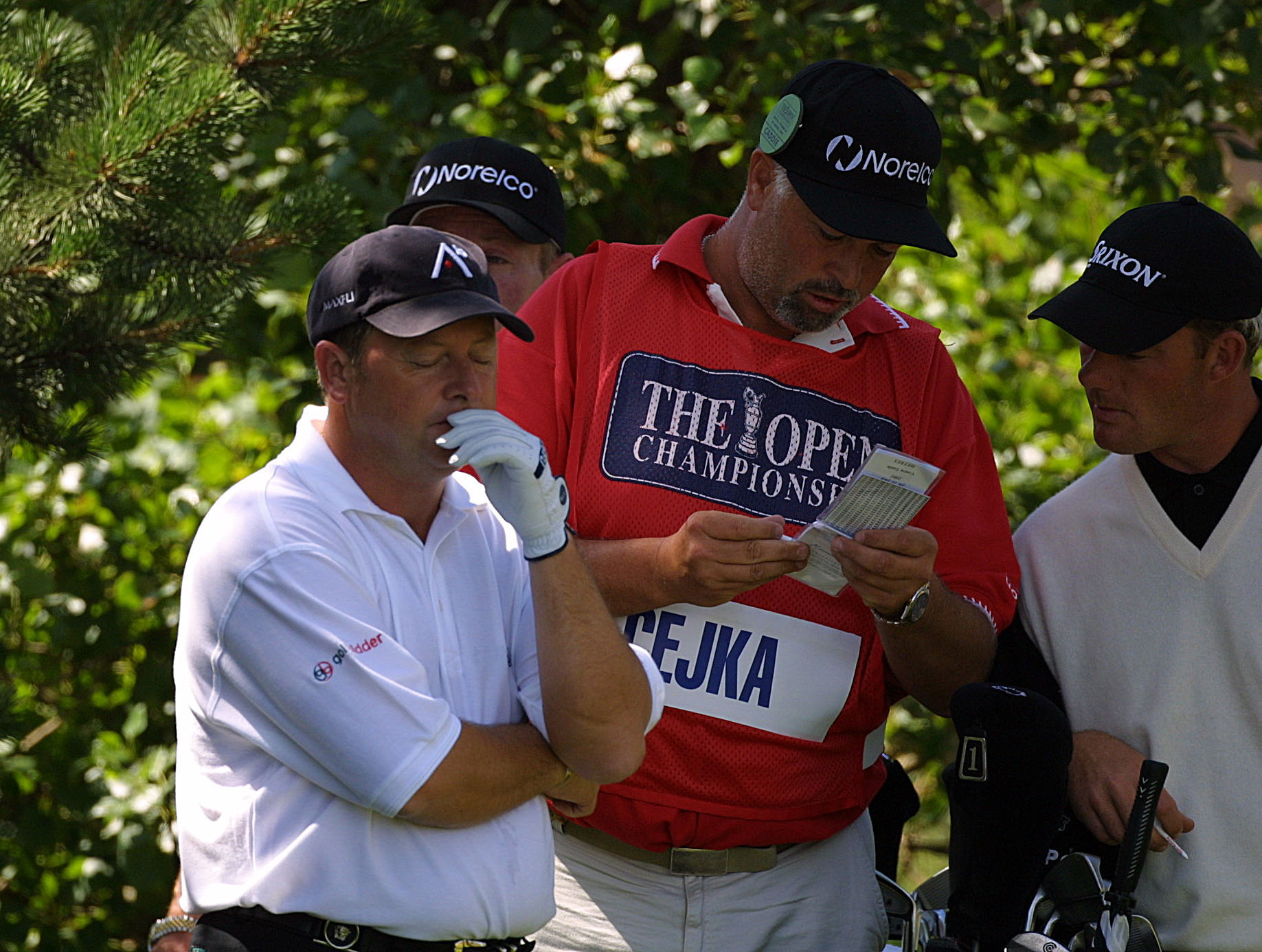
Clubs that is. If you fancy your chances of winning your weekend comp with half a dozen clubs in the bag, go for it. However, you cannot carry more than 14 - that’s the maximum.
You might think it would be hard to break this rule, but it’s easy enough to slip an extra club or two in the bag if you have a garage full of clubs, especially if you like to tinker around with different set-ups.
At The Open in 2001, Ian Woosnam’s caddie Miles Byrne discovered that they had mistakenly started the final round with 15 clubs in the bag, which led to a two-shot penalty - and it was very costly.
4. NON-CONFORMING GROOVES
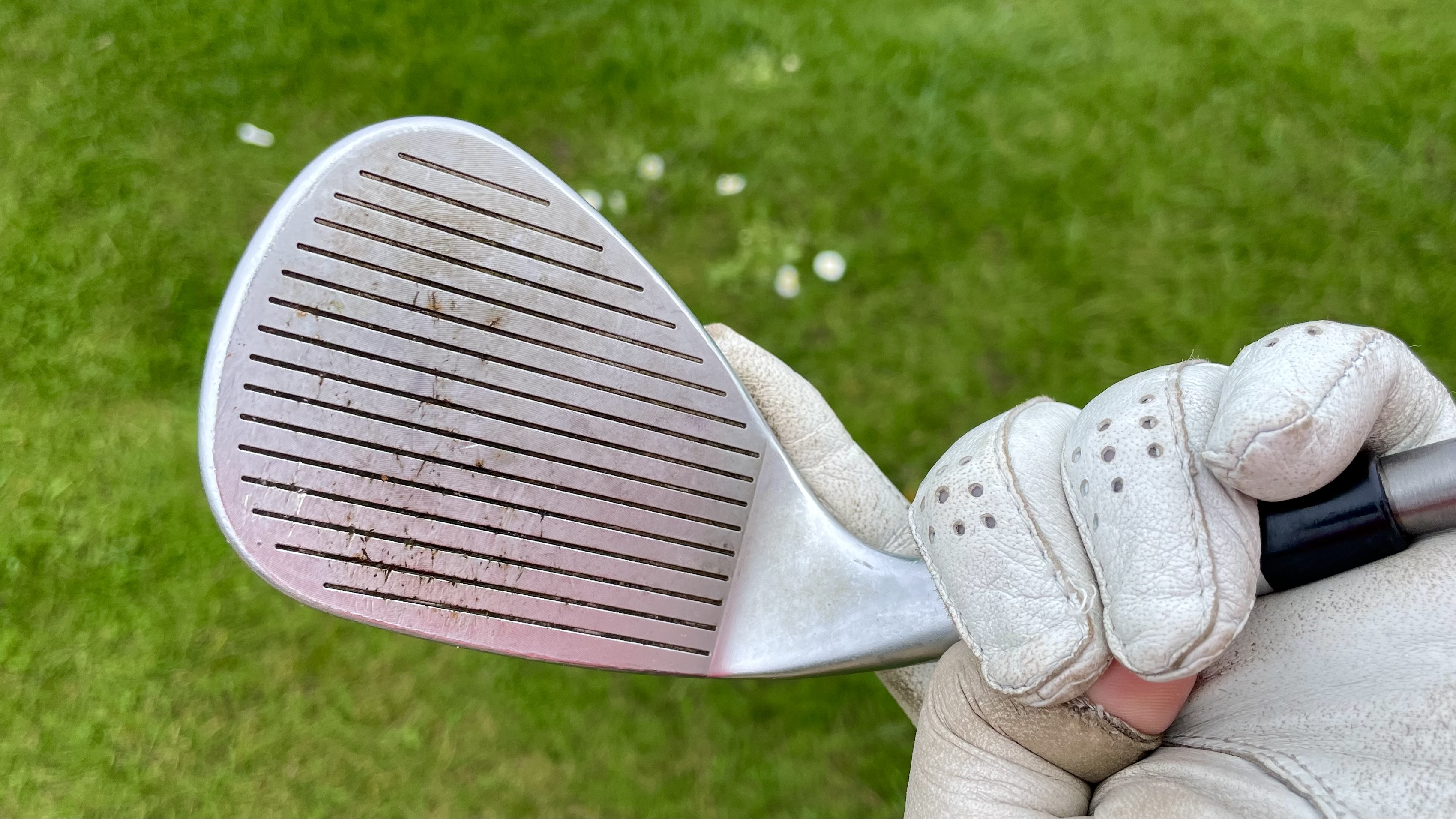
Most wedges made before 2010 have grooves that are non-conforming. So, those dearly-loved wedges of yours that you purchased in the noughties… they could be breaking the rules and, therefore, leaving yourself at risk of getting pulled up and penalized by an eagle-eyed playing partner.
Let’s be honest, an upgrade is well overdue if you are playing with wedges that predate 2010.
5. USING THE SLOPE FEATURE
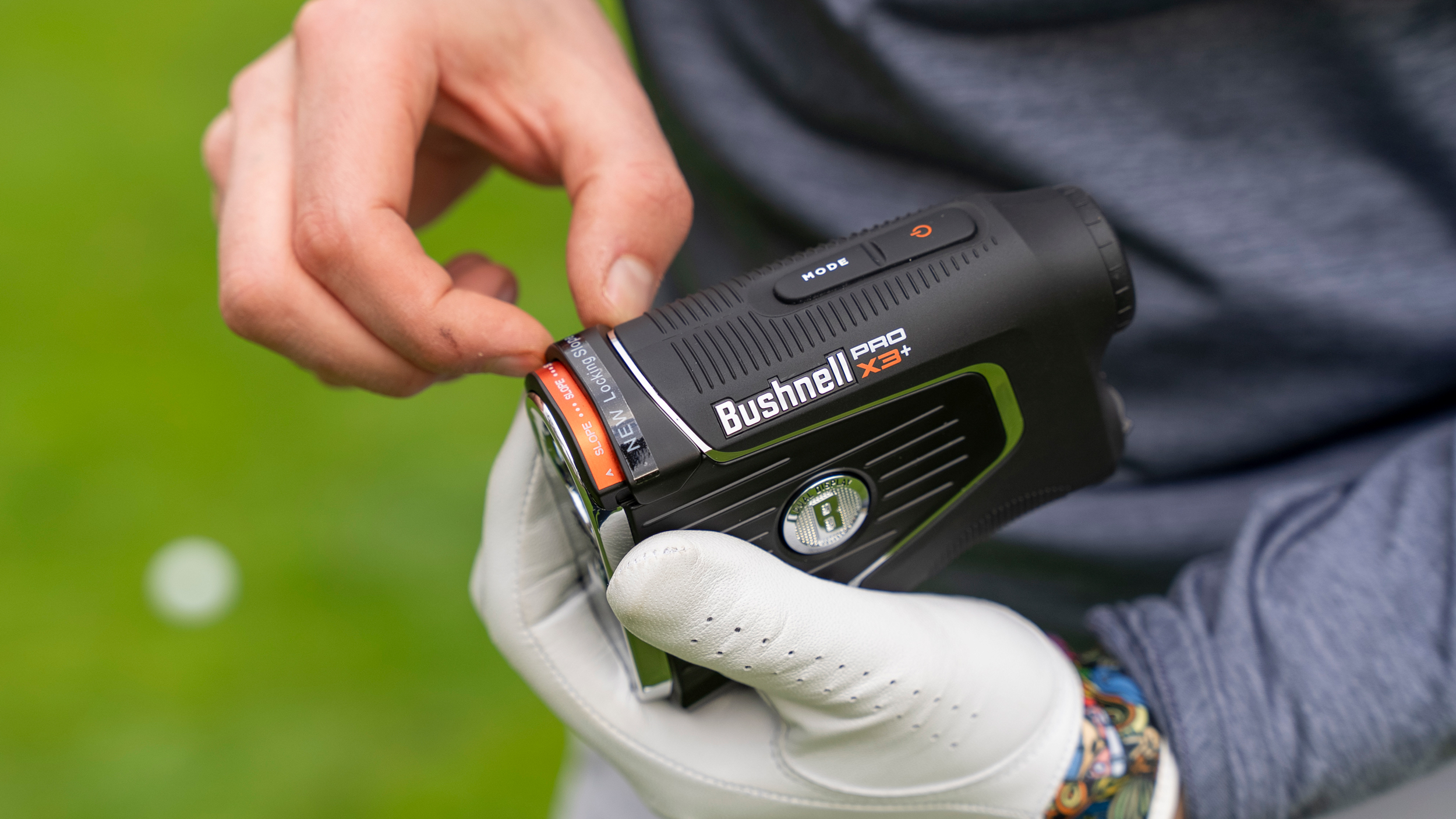
Many of the best golf laser rangefinders now measure elevation changes, which gives golfers a huge advantage.
However, any slope feature must be switched off in a competitive round.
It’s usually straightforward enough with a simple switch of a button, but something that you can forget to do, especially when you’ve become accustomed to using the feature during casual rounds.
Under 4.3a, the first beach is a general penalty, and the second is disqualification.
6. PUTTER GRIPS
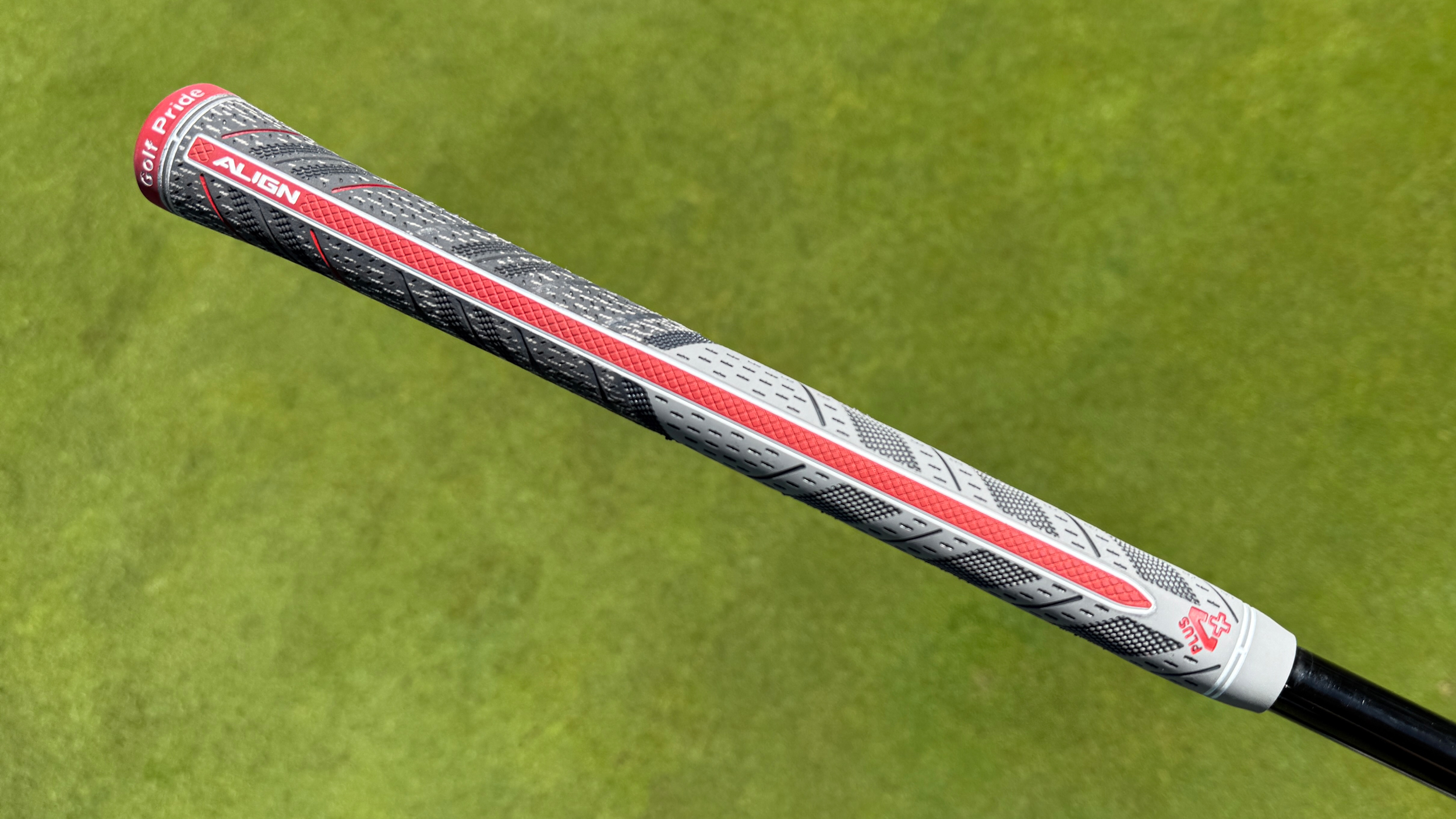
Teaching pros will often tell you to play your chip-and-run shot with a putting-type stroke - but that doesn’t mean that you can turn your chipping clubs into a putter!
What we mean by this is that you are not allowed to use a flat-faced putter grip on any club other than the putter.
Quite simply, the cross-section of the grip must be circular for all clubs other than the putter.
7. TEE HEIGHT
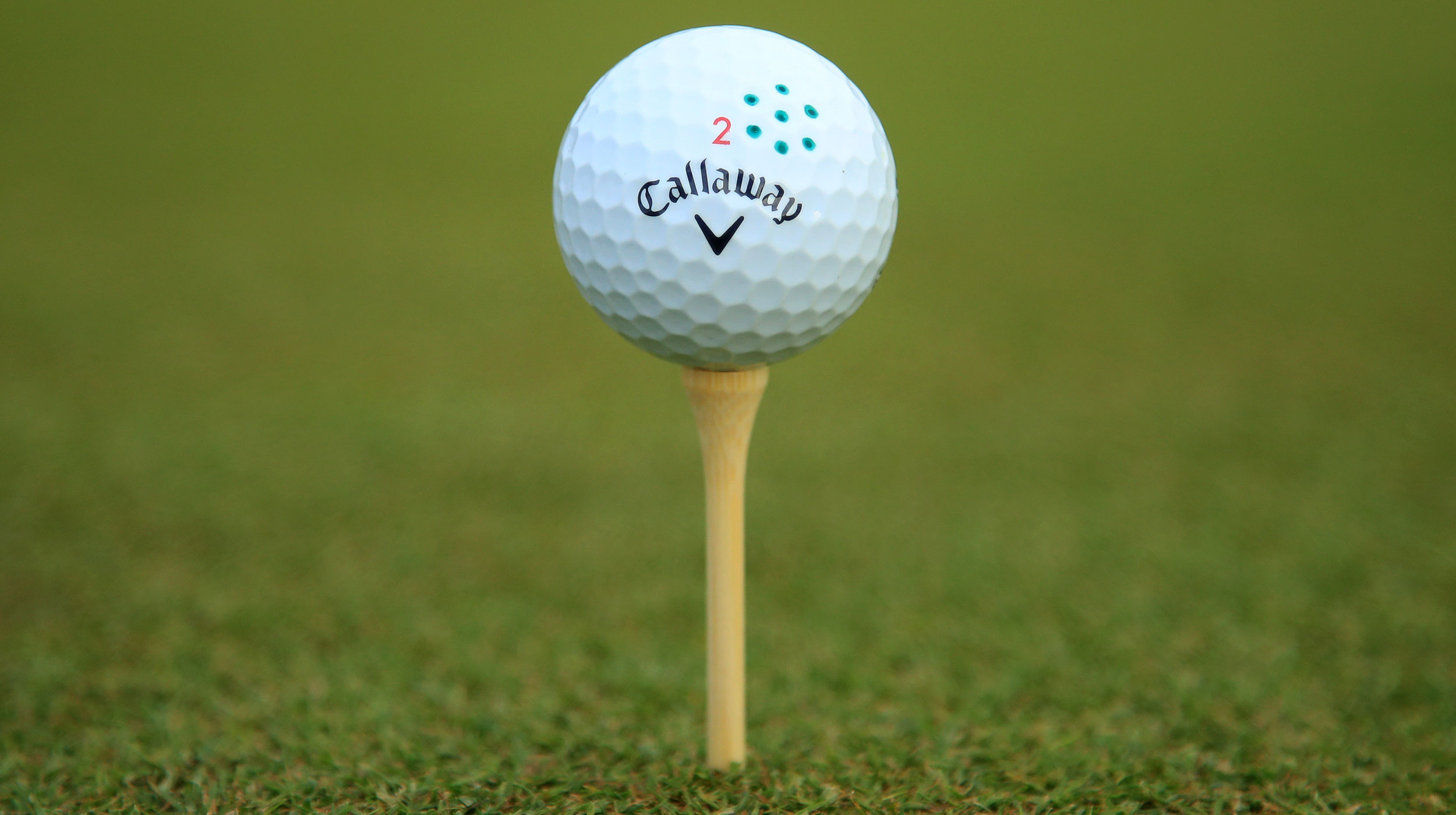
“Tee it high and let it fly.” Good advice if you’re looking to ride the wind with a super long drive.
However, the maximum permitted tee length is exactly four inches.
Your pro is unlikely to sell you any non-conforming tees and the chances of acquiring one longer than this might be slim, but it’s something to be aware of, especially if you pick loose tees up from the tee box.
Tees like this and those that are designed to indicate the line of play or unduly influence the movement of the ball, are non-conforming.







